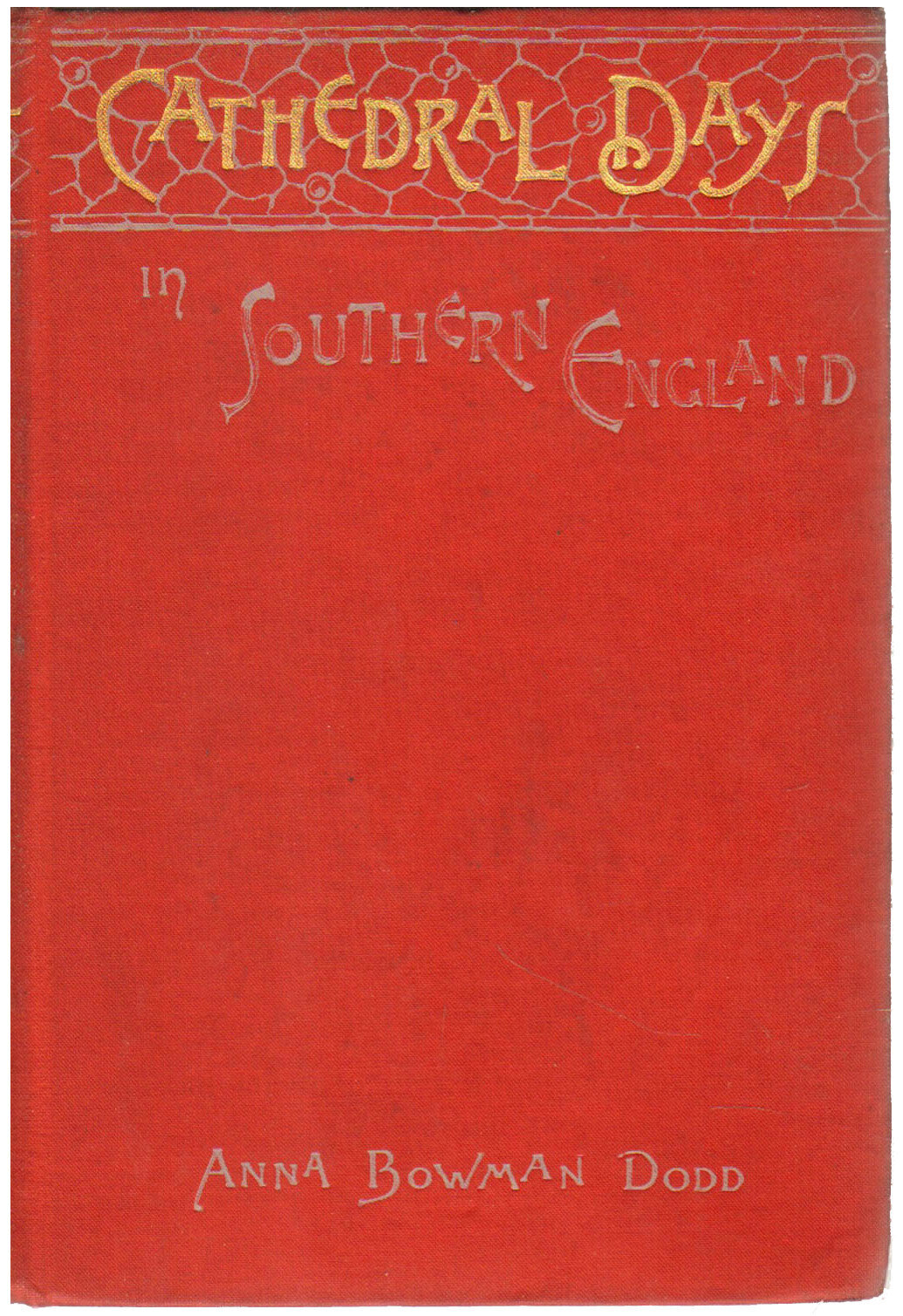THE WALL STREET JOURNAL, August 20, 2020
Flowing Color, Billowing Canvas
Sam Gilliam’s innovative, loosely draped work is a light and luminous addition to the galleries at Dia Beacon.
Beacon, N.Y.
It’s not always easy to see the light at Dia Beacon. This 240,000-square-foot cathedral of Minimalism, Conceptualism and related art movements of the 1960s and ’70s has next to no artificial lighting, which can make it hard to come to grips with the works on display. Instead the sprawling museum in a repurposed Nabisco box-printing plant relies on factory windows and 34,000 square feet of skylights for illumination. So the mood of the museum, a little over an hour’s car or train ride up the Hudson River from New York City, is muted and indirect. The seasons, the weather, and the time of day all color and shade what you see and feel.
And about that feeling: puzzling, contemplative, perhaps at times reverential, but, until recently, not necessarily uplifting. Minimalist art, of rusted metal and broken glass, can be menacing. Conceptual art, of dry ideas and arid humor, can be deadening. The heady art of the 1960s and ’70s takes itself seriously—perhaps too seriously. All that weight is meant to be profound.
Which is why Sam Gilliam’s light and luminous addition to this display is so welcome. A color-rich, spirit-filled installation of two of his sculptural canvas works—the draping, loose “Double Merge” (1968) and the tightly fitted “Spread” (1973)—arrived here last fall on long-term loan. With the museum newly reopened by appointment, finally this assembly returns to view.
Sam Gilliam’s ‘Spread’ (1973) PHOTO: SAM GILLIAM/ARTISTS RIGHTS SOCIETY/ BILL JACOBSON (PHOTO)
Taken together, these works feel like the baldachin and tabernacle in the heart of the gothic gloom. Although Mr. Gilliam appeared in the American Pavilion of the 1972 Venice Biennale—the first Black American to receive the honor—the 86-year-old artist has been often considered peripheral to the movements of the 1960s and ’70s. Now he is right where he should be, in dialogue with his contemporaries and front and center in his own time and place.
A Washington-based artist born in Tupelo, Miss., Mr. Gilliam has a way of absorbing diverse influences and folding them into his own innovative work. Abstract Expressionism, Japanese tie-dying, Titian-esque color, and his own history as the son of a seamstress all spread and merge in a deeply felt sense for paint’s interaction with a canvas’s warp and weft.
In the 1960s, Mr. Gilliam followed other artists of the so-called Washington Color School, such as Morris Louis and Kenneth Noland, who had been inspired by Helen Frankenthaler to develop new approaches to abstraction. They experimented with new materials and techniques by staining unprimed canvas, unstretched and on the floor, with poured acrylic paints. Mr. Gilliam began adding aluminum powders, fluorescent paints, and resisting agents to his expanding palette. He also tucked and folded his wet canvases on the floor to create patterns in his free-flowing compositions.
He then went a step further. Working with ever-lengthening rolls of canvas, Mr. Gilliam developed new ways of presenting his widening work: hanging from the ceiling, nailed to the wall, draped over sawhorses, or tacked onto his own bevelled stretchers—pushing the boundaries of painting and sculpture.
Now at Dia Beacon, “Spread”—the first, smaller work on display (though still nearly six feet tall by 10 feet wide)—is a master-class in the art of the in-between. Abstract forms appear and reappear out of the folding of the canvas. Lines of white add structure, bringing the design to the surface, while symmetries of yellow and red created out of the folds hint at illusion and depth. Mr. Gilliam has long understood how his process of folding and unfurling creates a Rorschach test of abstract forms. Framing these dynamics, the canvas’s thick bevelled stretcher bars push the painting to the edge of sculpture while echoing the smoothed-out facets of its jewel-like composition.
After this taut introduction, ”Double Merge” appears all the more free-flowing. A combination of two huge works from 1968, both titled “Carousel II,” “Double Merge” is a new site-specific installation created by the artist of these two canvases, 66 and 71 feet wide, suspended from the ceiling and tacked to the wall.
Sam Gilliam’s ‘Double Merge’ (1968)PHOTO: SAM GILLIAM/ARTISTS RIGHTS SOCIETY/BILL JACOBSON (PHOTO)
Mr. Gilliam has attributed his suspensions or “drapes” to the vision of wash drying on the line. Flags, bunting, carousel rides, and the big top all come to mind. The two parts of “Double Merge” interact like a ballet pas de deux dancing off the wall. Despite their casual, even provisional appearance, the works are architectural studies in curves, masses and forces in space, coming within inches of the ground. Mr. Gilliam has described his affinity for banners arcing in the paintings of Albrecht Dürer. As he bundles and pins his canvases into catenary curves, “Double Merge” turns this appeal on its head. Painting itself becomes the banner.
Here the draping folds play off the folding that went into painting these compositions. In certain passages, Mr. Gilliam can overwork his studio sorcery. Elsewhere, his absorbing designs come together in celestial revelation. It’s as though the serendipity of soaking and folding can reveal heavenly clouds or the gas storms of Jupiter.
Daydream beside “Double Merge” and see for yourself. Once again, the work is ready to sway and inspire wonder as we come upon it. Like clothes on a line, these once-wet canvases hang loose in the light of a new day.










